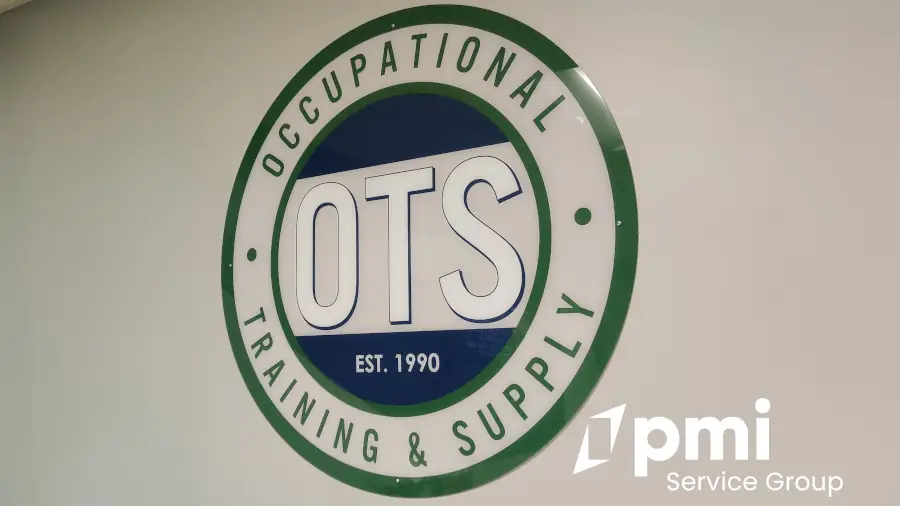Protecting Our Properties and Our Families: What You Should Know About Lead Paint
Did you know that any property built before 1978 might contain lead-based paint?
That’s why I recently completed the Renovation, Repair and Painting (RRP) certification course through the Environmental Protection Agency (EPA). The goal? To better understand the risks of lead exposure, especially for children, and to ensure that all work involving painted surfaces in our community is handled safely and responsibly.
Why Lead Paint Is a Concern
Lead was a common ingredient in household paints until it was banned for residential use in 1978. It becomes especially dangerous when it deteriorates, chipping, cracking, or turning to dust, and can then be inhaled or ingested. This is particularly harmful to young children, whose developing brains and nervous systems are more vulnerable. Even small amounts of lead exposure can cause learning difficulties, behavioral issues, and other serious health problems.
What the RRP Course Taught Me
The course provided an overview of:
How to recognize lead hazards in older properties,
Best practices for safe renovations, including containment, cleanup, and clearance testing,
The importance of EPA-certified contractors when disturbing painted surfaces in pre-1978 buildings.
The training emphasized that compliance is not just a legal requirement, it’s a moral responsibility. As property managers or association board members, we need to make sure that any work done in our communities, whether by vendors or our own staff, is done in a way that minimizes risk and protects residents, especially children.
What This Means for Our Community
Going forward, I’ll be paying even closer attention to how repairs, painting, and renovations are managed. Here’s what you can expect:
Vendors performing qualifying work must be EPA-certified, or supervised by someone who is,
Proper containment and cleanup procedures will be enforced on all jobs involving older painted surfaces,
We will provide advance notice to residents when work could disturb potential lead paint,
Whenever possible, we’ll work proactively to identify and stabilize deteriorating paint before it becomes a hazard.
What You Can Do as a Homeowner
If your unit is in a building constructed before 1978:
Be alert to peeling or chipping paint and report it,
Avoid DIY repairs on painted surfaces unless you’re trained in lead-safe work practices,
If you hire a contractor for interior work, ask if they are EPA RRP-certified. This is your right as a homeowner.
Together, we can maintain a safe and healthy environment for everyone in our community, especially the youngest among us. If you have any questions about lead paint safety or upcoming maintenance work, feel free to reach out.



